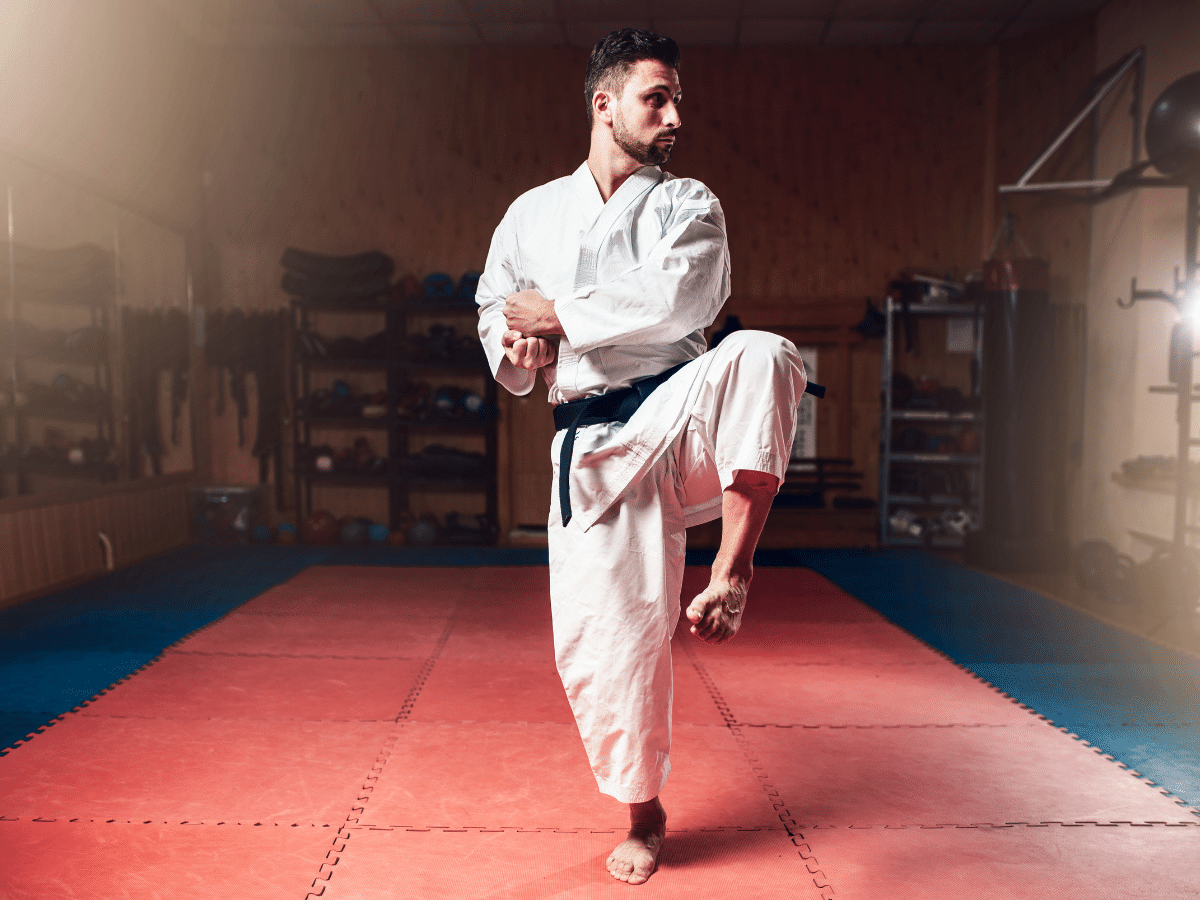

Heel Hook 101 – Exploring This Controversial Submission
What Is A Heel Hook?
A heel hook is a submission technique used in various combat sports, including Brazilian Jiu-Jitsu (BJJ), wrestling, and mixed martial arts (MMA). It relies on using a leg to apply pressure to an opponent’s knee joint or ankle in order to force them into submission. In BJJ, this is considered one of the most dangerous leg locks due to the potential for severe injury if not applied correctly.
Because of its high level of danger, the heel hook is typically only taught to advanced BJJ practitioners and is not used in beginner-level competitions. However, it remains a crucial technique for those looking to become top-level competitors in the sport.
Several notable competitors in BJJ and MMA have utilized the submission to significant effect, including Dean Lister, Eddie Cummings, and Gordon Ryan. The technique’s origins can be traced back to the late 1990s in Rio de Janeiro, where Brazilian Jiu-Jitsu practitioners began exploring leg locks and other techniques beyond the traditional arm and choke submissions.
While the heel hook can be a powerful tool in a competitor’s arsenal, it should always be used with caution and respect for its potential dangers. It is essential to prioritize safety and proper technique over pursuing a submission and only attempt the submission with adequate training and guidance from a qualified instructor.
How To Perform A Basic Heel Hook
Performing a heel hook can be challenging for beginners in Brazilian Jiu-Jitsu or MMA. However, it remains a crucial technique for advanced practitioners who want to become top-level competitors in the sport. In this article, we will guide you on how to perform a basic heel hook bjj.
Firstly, you need to secure your opponent’s leg with your own and place your foot behind their knee or ankle. It is important to note that the heel hook technique involves manipulating and putting pressure on the knee joint. Therefore, ensure you have a solid base and a good grip before proceeding.
Next, grab your own foot with both hands, creating a figure-four shape. This will create tension on your opponent’s foot and allow you to apply pressure on their knee joint. Keep your body weight balanced and maintain control over your opponent.
Once you have a good grip and have created tension, twist your hips downward to increase the pressure on your opponent’s knee or ankle. It is crucial to apply pressure in a controlled manner to avoid causing serious injury. Listen and feel your opponent’s responses to avoid causing damage.
To execute this submission successfully, you must maintain your body tension and keep your upper body stable. This technique requires powerful leg muscles and body tension to apply pressure effectively. This technique can become one of your most substantial submissions with proper strength training.
Understanding the basics of the heel hook submission can help you become a more well-rounded combat athlete. As stated, this technique should only be practiced with caution and under the guidance of experienced coaches. Always put the position before submission, and keep safety as a top priority.
When To Use The Heel Hook
Due to the potential for serious injury, knowing when to use this submission is essential.
Firstly, the heel hook should only be used in a competition or training with consenting and experienced partners. It is not a submission technique for self-defense as it can cause long-term damage to the knee joint.
Secondly, it should only be used when you are in a dominant position and have a good grip on your opponent’s leg. It should not be attempted from a place of weakness, as this can allow your opponent to escape and counterattack.
Additionally, assessing your opponent’s resistance to the submission is essential. If your opponent is not tapping or showing signs of discomfort, do not continue to apply pressure, as this can cause serious injury.
Lastly, this submission technique requires proper training and conditioning. Before attempting this technique, it is important to have strong leg and body muscles and to be familiar with other submission techniques in case it is unsuccessful.
This submission should only be used in a controlled, safe environment with consenting and experienced partners. It should only be attempted from a dominant position and with a good grip on your opponent’s leg. Assessing your opponent’s resistance and having proper training before attempting this dangerous submission technique is essential.
Heel Hook Variations
There are several variations of this submission each with its own unique benefits and risks.
The traditional heel hook involves using both arms to apply pressure on the opponent’s heel while bridging and arching the back. The pressure on the heel causes the ankle to rotate, putting stress on the knee joint. This version of the heel hook is dangerous and should only be attempted by experienced fighters in a supervised setting.
Another variation is the reverse heel hook, also known as the inside heel hook. This submission involves applying pressure to the inside of the opponent’s heel rather than the outside, which is the case in the traditional heel hook. The reverse heel hook is considered less dangerous than the conventional heel hook as the pressure is focused on the ankle and not the knee joint.
The cross ashi garami heel hook, also known as the outside heel hook, is another popular variation in Brazilian Jiu-Jitsu. In this technique, the attacker uses their legs to lock the opponent’s leg while applying pressure on the outside of the heel. This variation is beneficial for forcing the opponent to defend their leg, creating opportunities to set up other submissions.
The 50/50 heel hook is a variation where both fighters have their legs entangled and attempt heel hooks. This technique requires excellent timing and awareness to execute successfully.
It is important to note that the heel hook is a high-risk technique and should be avoided in training with beginners or people with limited grappling experience.
In conclusion, the heel hook is a powerful and effective submission technique that can help you dominate your opponents on the mat. However, it’s important to remember that with great power comes great responsibility. Always prioritize safety and proper technique when practicing the heel hook, and don’t be afraid to seek guidance from experienced coaches and trainers. With practice and patience, you can master this devastating move and take your grappling game to the next level!
Advertisements
Granite Bay Jiu Jitsu
RELATED POSTS










